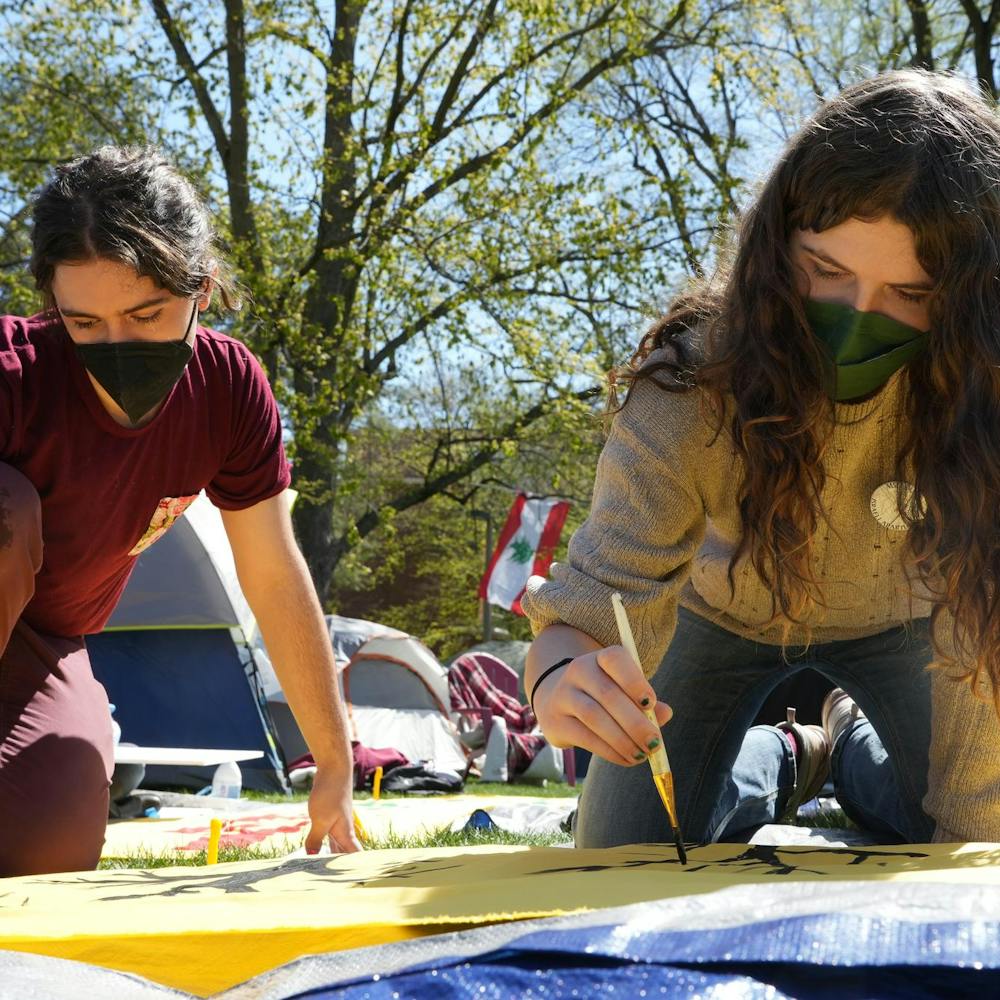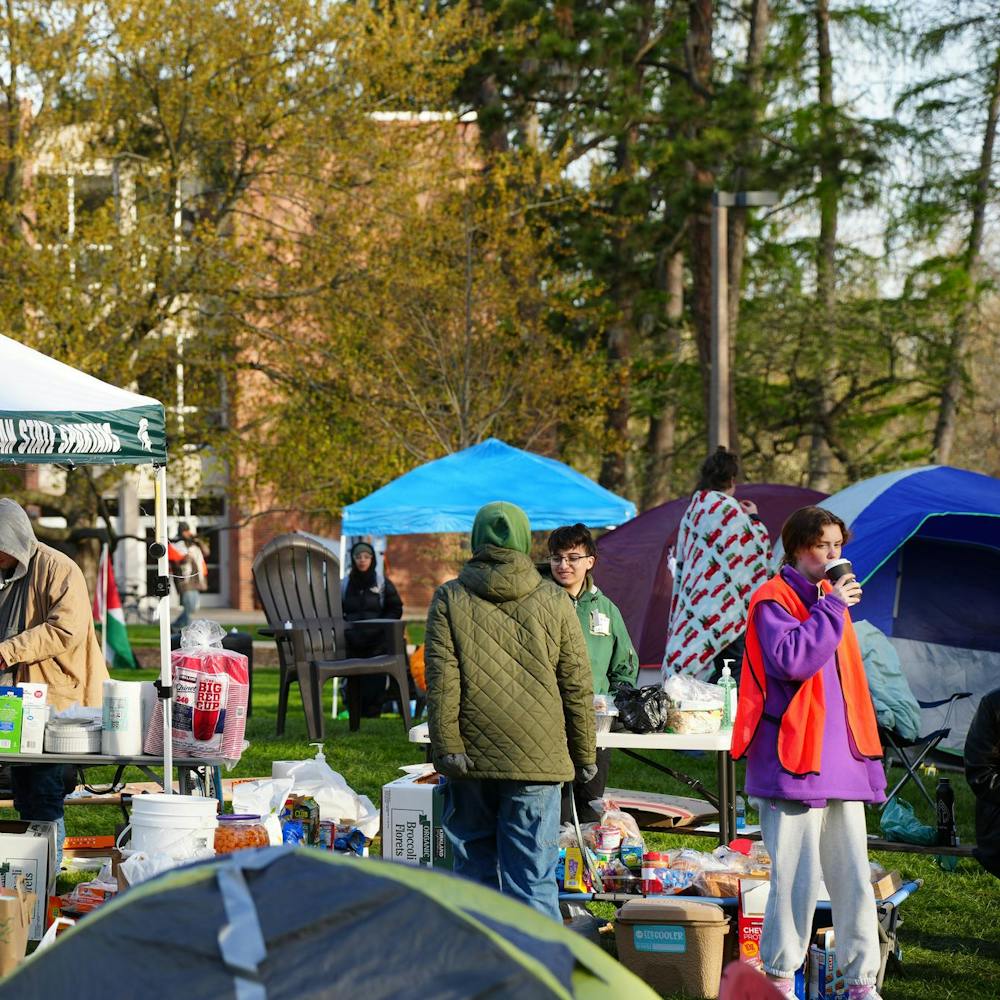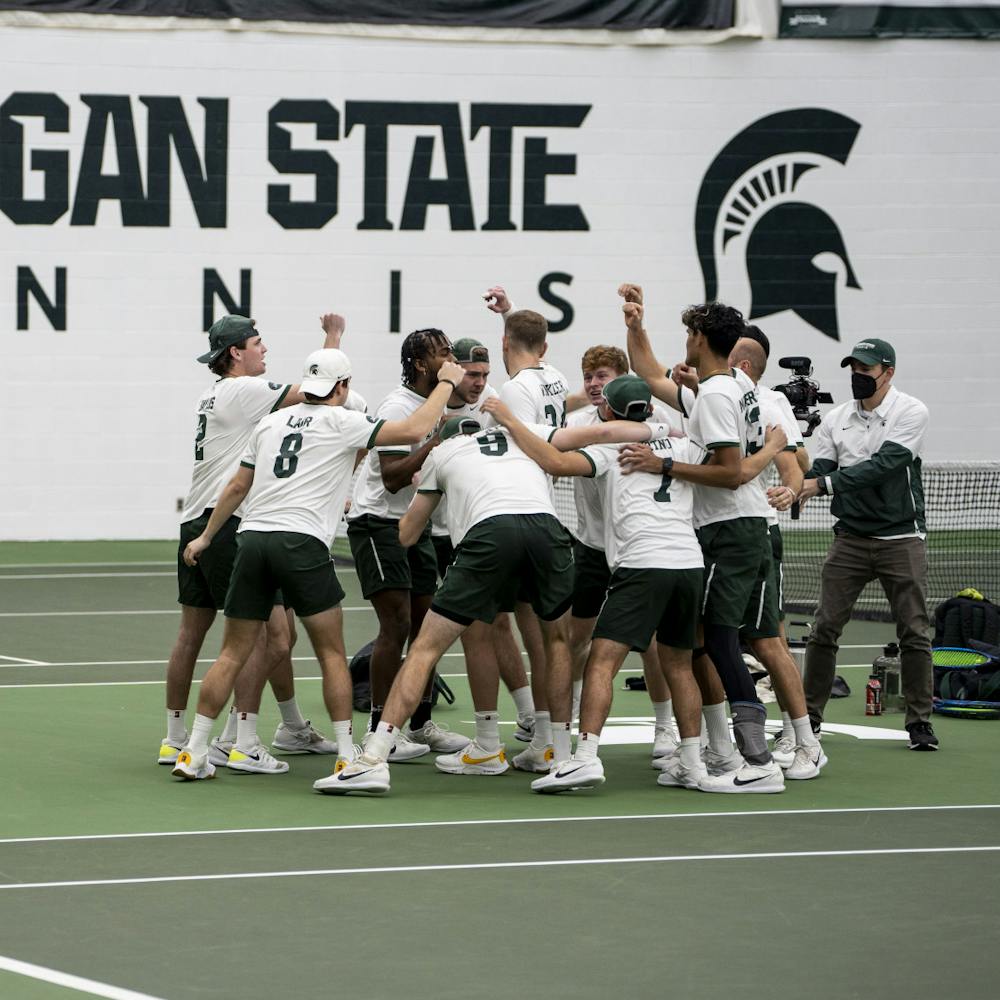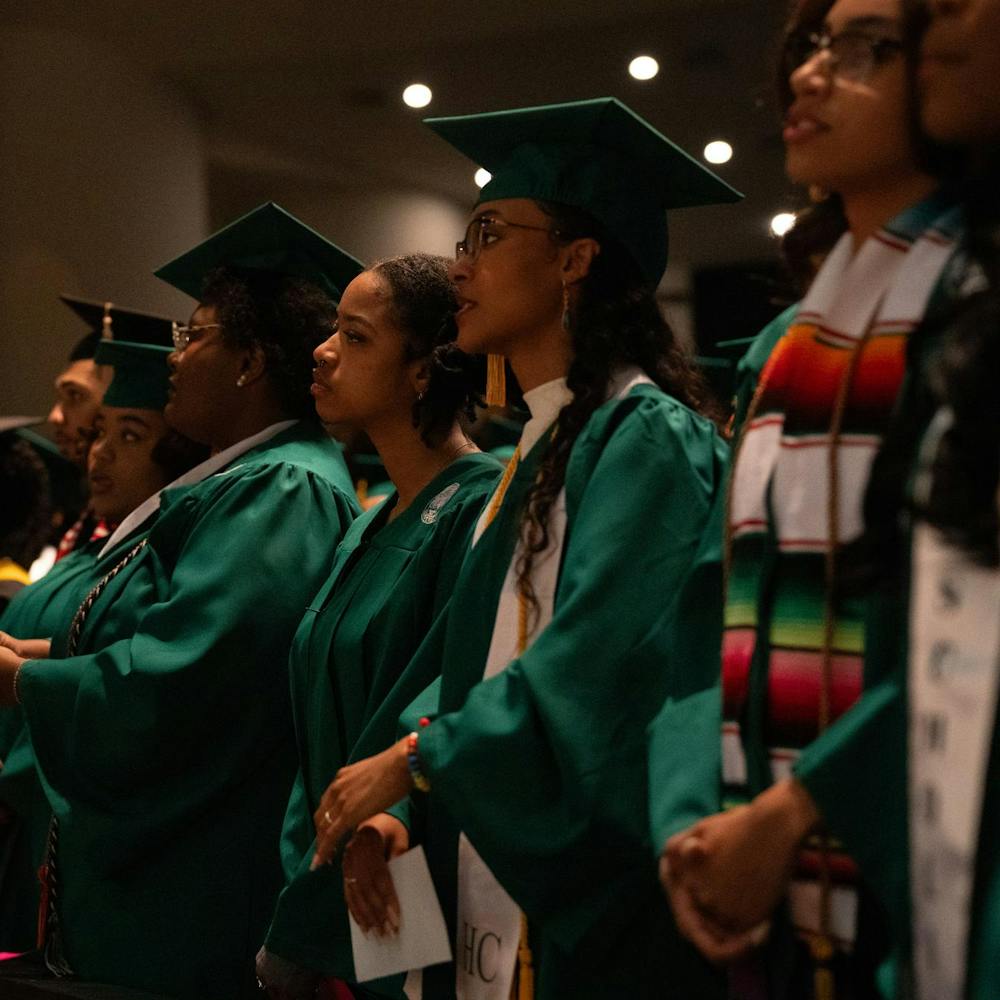Polls are supposed to give people a glimpse of what the future holds. They are a common sight on news programs and in newspapers. There’s even one at the top of this page. But, like politicians, polls can lie — mainly because an unbiased random sample can almost never be produced.
Phone polling is one of the more traditional ways of collecting data and since many young people don’t have landlines, they might be underrepresented in the polls this election season.
If poll conductors really care about the input of young people, they could find new ways to get in touch with the young audience they are having a hard time contacting. Phone polls can be annoying and sometimes take too long to complete. If people are too busy to talk for an extended period of time, they’ll probably just hang up or say anything to get off the phone. College students are among the busiest people, juggling work, school and sometimes extracurricular activities. They’re probably the hardest to reach; yet might be the most concerned with what is happening in the world.
To appeal to the younger crowd, polling organizations could utilize the Internet. Designing a poll for sites like Facebook.com can allow pollsters to target the younger crowd. Facebook applications in support of candidates have already become a common sight on profiles, so using something similar to conduct a poll might not be such a bad idea.
Since phone polling is one of the most effective ways of generating a random sample, if pollsters still wanted to use the phone as a means of collecting data, they could send a text message to voter-aged cell phone users asking for their opinion. Since some people can text more than they talk, young people might be more open to the idea of a text messaging poll.
Although it might be costly, if conductors really want to generate an unbiased sample size, they can choose a set number of people and mail pre-stamped ballots to the homes of voters included with a deadline of when it needs to be mailed. People would probably rather mail back an envelope than have a stranger pry into their private lives for 20 minutes over the phone.
If none of those methods produce the desired result, pollsters can conduct a survey the old-fashioned way — get out in the middle of a college campus or public area frequented by young people and conduct a poll there.
The most reliable poll is conducted on election day anyway, but since people are never going to stop trying to predict the future, polls are always going to have a place in every election.
Since polls are supposed to be a direct reflection of what people think, polling agencies should work harder to come up with innovative ways to reach young people. Methods that used to work with generations past might not be as effective with young people today.
Support student media!
Please consider donating to The State News and help fund the future of journalism.
Discussion
Share and discuss “Phone polls skew number of student voters” on social media.






